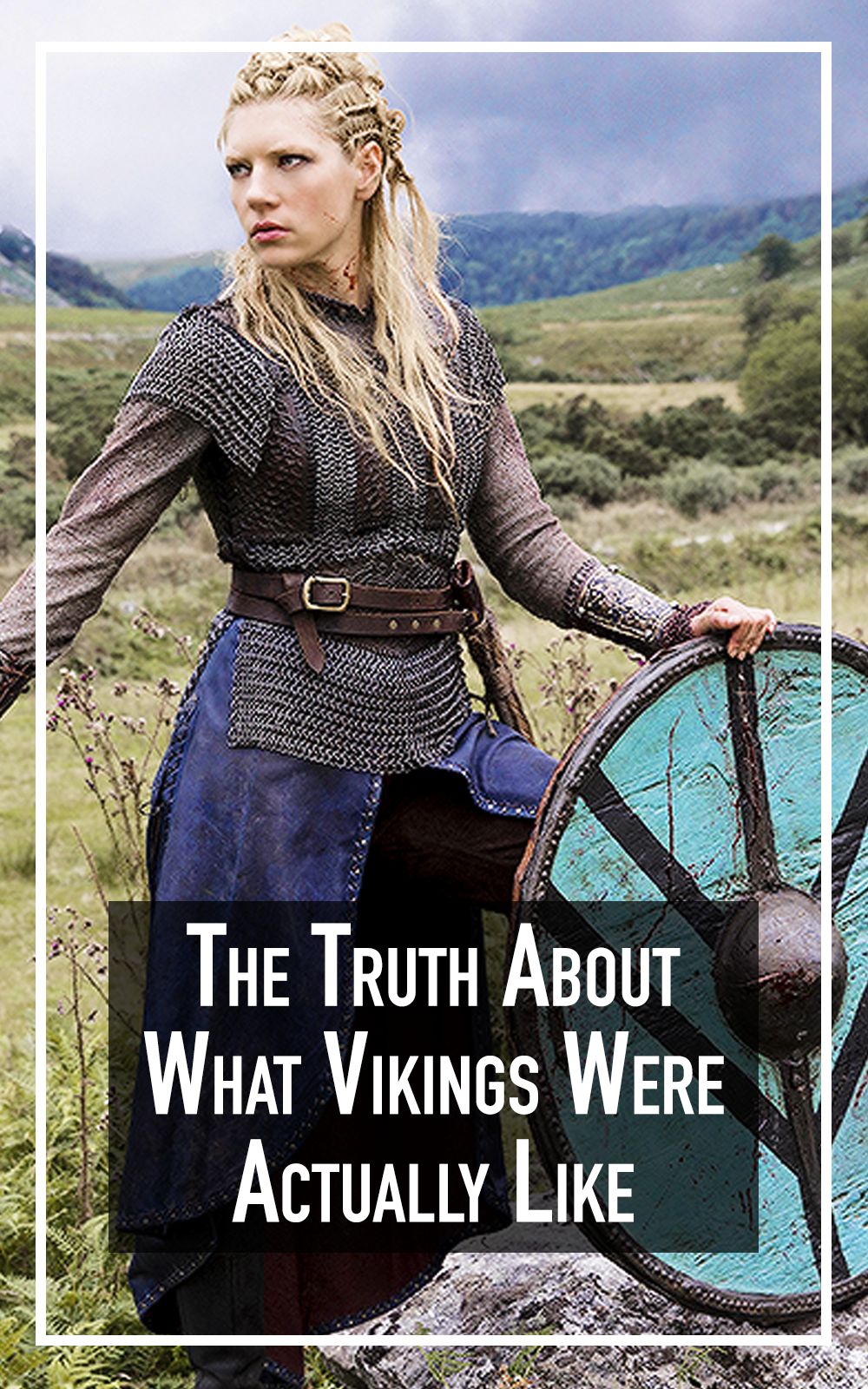🔥 Introduction: The Roots of Metal Mayhem
In the sprawling family tree of heavy metal, few bands can lay claim to being the trunk from which countless branches have grown. Black Sabbath — the godfathers of heavy music — didn’t just pioneer a sound. They built an entire blueprint for generations to follow. Among the most intense heirs to their legacy? The masked chaos that is Slipknot.
But how did a band formed in the gloomy heart of Birmingham in the late 1960s become the template for Iowa’s nine-man metal monster? The answer lies in more than just heavy riffs. It’s a story of rebellion, theatricality, pure sonic power, and the dark poetry of musical rage.
This is how Black Sabbath gave bands like Slipknot the blueprint — and how that legacy still echoes through the screams, solos, and seismic drums of modern metal.
🕯️ Sabbath: The Dawn of Doom
When Tony Iommi, Ozzy Osbourne, Geezer Butler, and Bill Ward first unleashed Black Sabbath in 1970, the world had never heard anything quite like it. Their music was dark, menacing, unpolished — and, most importantly, it was honest.
At the time, bands were singing about peace and flowers. Sabbath sang about war, mental illness, environmental destruction, and the devil himself. Their groundbreaking debut album introduced a heavier, gloomier, and more aggressive sound that hit like a hammer to the soul.
It wasn’t just the distortion that made them revolutionary — it was the attitude. The desire to confront, not comfort. The willingness to sound ugly, scary, and real.
Sound familiar?
💀 The Blueprint Emerges
Here are the key elements of the Black Sabbath blueprint that bands like Slipknot adopted — and evolved:
1. Heaviness as Identity
Black Sabbath made heaviness a defining feature, not a byproduct. Their down-tuned guitars and slow, doom-laden riffs introduced an entirely new soundscape. For Slipknot, that heaviness wasn’t just present — it was weaponized. With three percussionists, ferocious double bass drums, and detuned chaos, they took Sabbath’s sonic weight and turned it into a full-on assault.
2. Dark, Taboo Themes
Songs like “Black Sabbath,” “Iron Man,” and “Children of the Grave” dealt with death, madness, and social decay. These weren’t safe topics — they were disturbing, real, and relevant. Slipknot’s lyrics reflect a similar fascination with pain, identity crisis, addiction, and inner torment. They, too, use music to confront the darkness, not escape it.
3. Theatrical Persona
Let’s be honest — Black Sabbath were terrifying in their early days. Their gothic font, occult references, and eerie melodies created an image of something otherworldly. Slipknot took this to new extremes with masks, numbers, and horror aesthetics, but the roots of this theatrical menace lie in Sabbath’s original vision.
4. Raw Energy Over Perfection
Sabbath’s early records are far from perfect. They’re raw, rough, and real. That authenticity resonated deeply with young musicians. Slipknot’s early works (Iowa, anyone?) weren’t polished — they were visceral, full of fury, and barely contained rage. Just like Sabbath, they embraced imperfection as character.
🎭 Slipknot: The Chaotic Disciples
Formed in 1995, Slipknot weren’t just trying to be different — they were trying to obliterate expectations. But their musical roots were planted in Sabbath’s soil.
Every band member grew up listening to Black Sabbath. Corey Taylor has openly cited Sabbath as a foundational influence. In interviews, he credits them with teaching him what metal could be — not just a genre, but a form of truth-telling, a ritual of release.
Much like Sabbath’s early critics called them evil, Slipknot too faced condemnation — too loud, too aggressive, too much. But that’s exactly why they mattered. They followed Sabbath’s lead in refusing to tone it down, even when the world wasn’t ready.
🧠 Philosophy of Noise: Sabbath’s Legacy in Slipknot’s Lyrics
It’s not just about the sound — it’s about the message.
- Sabbath’s “Paranoid” speaks to mental illness long before it was part of the public conversation.
- Slipknot’s “Duality” screams: “I push my fingers into my eyes / it’s the only thing that slowly stops the ache.”
Two eras. Two bands. Same emotional brutality. Same need to scream for those who can’t.
This lyrical directness — combining pain, chaos, and clarity — is another piece of the Black Sabbath blueprint passed down to Slipknot and many others. It’s catharsis with distortion pedals.
🧬 More Than Influence: A Spiritual Inheritance
While some bands are influenced by those who came before, Slipknot inherited something spiritual from Sabbath. A blueprint, yes — but also a kind of code. A commitment to:
- Sound as rebellion
- Emotion as power
- Performance as ritual
- Truth over trend
Where Sabbath lit the match, Slipknot threw it into gasoline. And they did it with nine members, matching Iommi’s guitar fury with walls of percussion, screams, and even samples — but the core idea remained Sabbathian: make the world hear what it doesn’t want to hear.
⚔️ The Blueprint Beyond Slipknot
Slipknot isn’t alone in following Sabbath’s path. Bands like Metallica, Pantera, Korn, and even Ghost all owe something to that original Sabbath formula. But Slipknot stands out because they took every ingredient and amplified it to monstrous scale.
Sabbath played with shadows. Slipknot became the shadow.
🎤 Ozzy & Corey: Generational Echoes
There’s a strange poetry between Ozzy Osbourne and Corey Taylor — two frontmen generations apart, yet cut from similar cloth.
Ozzy, the Prince of Darkness, with his haunting howl and unfiltered charisma, paved the way for Corey — whose voice can shift from whisper to war cry in a heartbeat. Both men turned their demons into anthems, their chaos into connection.
Ozzy shocked the world in the ‘70s. Corey shocked it again in the 2000s. Both did it by following a blueprint written in distortion and blood.
🧨 Why This Still Matters in 2025
In a music landscape filled with AI-generated tracks and viral TikTok hits, the raw human rage and ritual of bands like Slipknot — and their blueprint creators, Black Sabbath — feels even more vital.
They remind us that music can be uncomfortable, confrontational, and life-changing.

They remind us that some noise tells more truth than a thousand clean melodies.
And they prove that legacies aren’t left in charts — they’re carved into the walls of rehearsal rooms, tattooed on teenagers, screamed in mosh pits, and echoed through every band brave enough to go dark and go loud.
📱 Social-Ready Captions
- “Before there was Slipknot, there was Sabbath — and the blueprint was written in distortion. ⚡ #BlackSabbathBlueprint #SlipknotLegacy”
- “From Birmingham to Des Moines, the torch was passed in screams and riffs. 🔥 #SabbathToSlipknot #MetalHistory”
- “Black Sabbath didn’t just make metal — they made monsters. Slipknot was listening. 💀 #BlueprintOfMetal”
🏁 Final Thoughts: The Blueprint Lives On
To say Black Sabbath gave bands like Slipknot the blueprint isn’t just a nod to influence — it’s a declaration of lineage. A torch passed across generations of headbangers, misfits, and screamers.
In a world that constantly seeks new sounds, sometimes the most revolutionary thing is remembering who screamed first.
And that, undeniably, was Black Sabbath.


